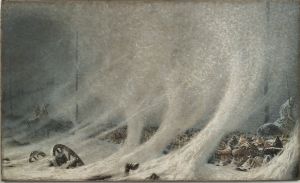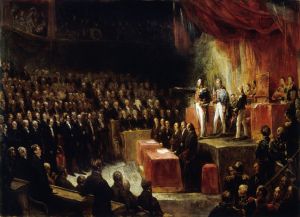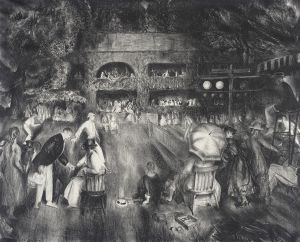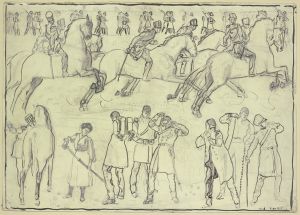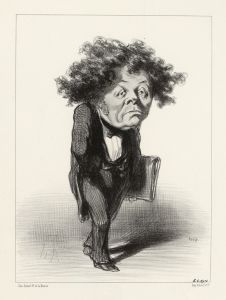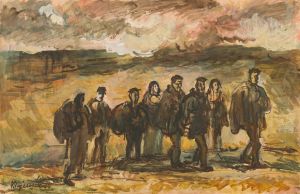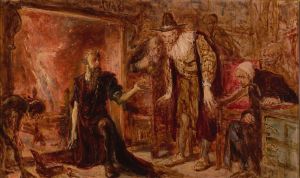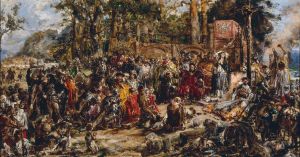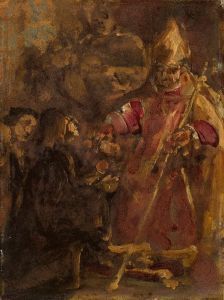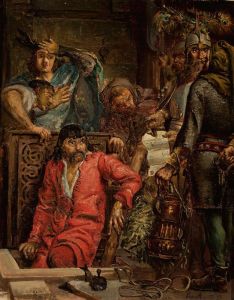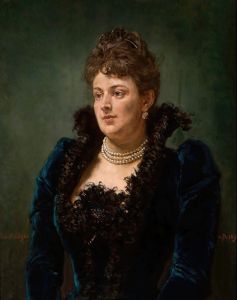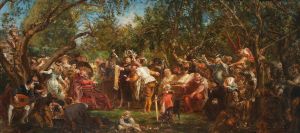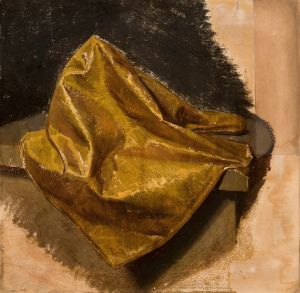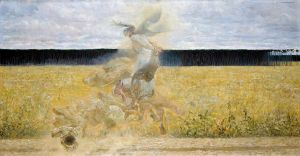
Kościuszko at Racławice
A hand-painted replica of Jan Matejko’s masterpiece Kościuszko at Racławice, meticulously crafted by professional artists to capture the true essence of the original. Each piece is created with museum-quality canvas and rare mineral pigments, carefully painted by experienced artists with delicate brushstrokes and rich, layered colors to perfectly recreate the texture of the original artwork. Unlike machine-printed reproductions, this hand-painted version brings the painting to life, infused with the artist’s emotions and skill in every stroke. Whether for personal collection or home decoration, it instantly elevates the artistic atmosphere of any space.
"Kościuszko at Racławice" is a renowned painting by the Polish artist Jan Matejko, completed in 1888. This artwork is a significant piece in Polish art history, capturing a pivotal moment during the Kościuszko Uprising, a national insurrection against the partitioning powers of Russia, Prussia, and Austria in 1794. The painting specifically depicts the Battle of Racławice, one of the early battles in the uprising, which took place on April 4, 1794.
Jan Matejko, known for his historical paintings, aimed to evoke national pride and awareness of Poland's historical struggles for independence. In "Kościuszko at Racławice," Matejko illustrates Tadeusz Kościuszko, the leader of the uprising, in a heroic light. Kościuszko is portrayed at the center of the composition, mounted on a horse, symbolizing leadership and determination. His figure is elevated, drawing the viewer's attention to his role as a national hero.
The painting is characterized by its dynamic composition and vivid detail, typical of Matejko's style. The scene is bustling with activity, capturing the chaos and fervor of battle. Polish peasants, known as kosynierzy, armed with scythes, are depicted fighting alongside regular troops. This inclusion highlights the broad support for the uprising across different social classes and emphasizes the national unity against foreign domination.
Matejko's use of color and light further enhances the dramatic effect of the painting. The artist employs a palette that contrasts the dark, tumultuous sky with the brighter, more vibrant colors of the soldiers' uniforms and the Polish flag, symbolizing hope and resilience amidst adversity. The attention to historical detail in the costumes and weaponry reflects Matejko's dedication to historical accuracy, a hallmark of his work.
"Kościuszko at Racławice" serves not only as a historical record but also as a piece of nationalistic art, intended to inspire and educate the Polish people about their history. During the time Matejko painted this work, Poland was still partitioned, and such artworks played a crucial role in maintaining a sense of national identity and pride.
The painting is housed in the collection of the Sukiennice Museum, a branch of the National Museum in Kraków, Poland. It remains a popular and significant piece, often studied and admired for its artistic and historical value. Matejko's portrayal of Kościuszko and the Battle of Racławice continues to be a symbol of Polish resilience and the enduring spirit of independence.
In summary, "Kościuszko at Racławice" by Jan Matejko is a masterful depiction of a key moment in Polish history, reflecting the artist's commitment to capturing the spirit of national pride and the struggle for independence. Through its detailed composition and emotive portrayal, the painting stands as a testament to the enduring legacy of Tadeusz Kościuszko and the collective efforts of the Polish people during the uprising.





